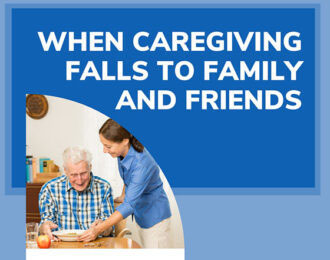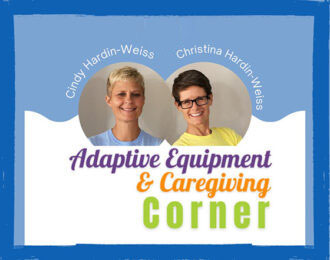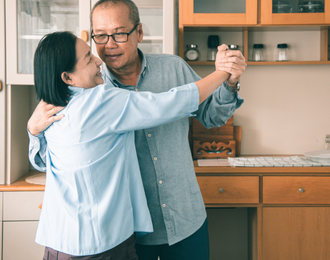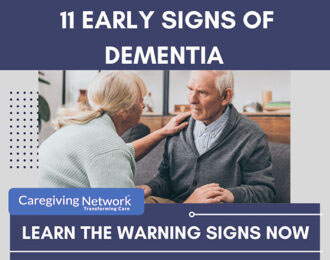Chronic Pain Recovery Stories from 20 years Experience
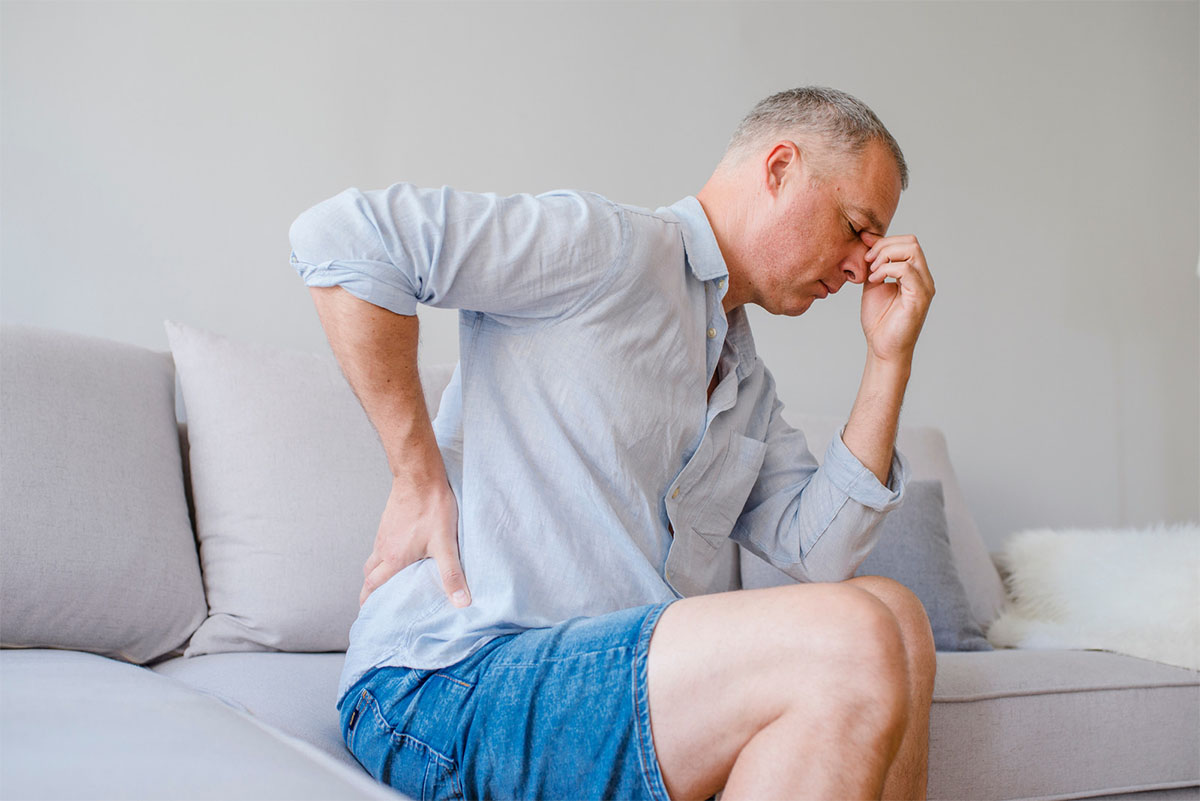
pathways – Updated for December 2021
Author: Adrianne Carley, RN, MSN
When you consider chronic pain, we often fast forward to the practical side of what it is and how to manage it. We don’t spend a lot of time telling the stories of people who have had success in their chronic pain management. I think this is because, for most people, chronic pain isn’t something that goes away. Since the pain is still present, they don’t feel they have recovered. I think recovery from chronic pain means different things to different people.
For some people, they don’t feel fully recovered if they still have pain. For others, once they feel that they manage their pain, recovery is achieved. It’s all about perspective.
Over my decades in healthcare, I’ve seen patients struggle with pain in many forms. They each tackled the challenge in their own way. Here are a few stories that have stuck with me through the years.
I first met Annie in the emergency room when she came in with Chrone’s exacerbation. She was in absolute misery. As soon as we were able to make her more comfortable, she asked me to help her get “fixed up.” I was quick to assure her that no one in the ER expected her to be “fixed up” when she wasn’t feeling well.
Annie smiled and said, “The day I don’t put on my makeup is the day they’ll put me in the ground.” She told me that no matter how bad she felt, she always got up, dressed, and put on her makeup, even if she wasn’t going any further than the couch.
I saw Annie several times over the years, both in and out of the hospital. Living in a small community, it isn’t unusual to run into patients at the grocery store. She was always well kept and had a smile on her face.
I bumped into Annie one day, dressed to the nines and not a hair out of place. I asked how she was feeling, and she said, “Well, I didn’t feel good at all this morning. My whole body hurt, and I just wanted to stay in bed. But, I got this new outfit and wanted to wear it. Besides, what good would it do to lay in bed? So, I got myself fixed up and here I am!”
I don’t know if Annie felt she actually had a pain recovery story, but I always thought of her as a success. She wasn’t cured of her disease. She wasn’t pain-free. But, she hit on something that helped her lead her best life. By merely making an effort every single day to get up, dress, and smile at the day, she refused to let her pain dominate her life. To me, that’s worth celebrating.
I had a coworker in the ER who suffered from chronic back pain that started with a lifting injury. There were many days that it was a fine between line who should be on the stretcher- Jim or his patient. Our sunny, happy Jim became withdrawn and short-tempered as he attempted to deal with his pain, dismissing all our offers to help. He refused to see a doctor, saying they would just give him a bunch of drugs that he couldn’t take and still work. So, he soldiered on for months until he began to drag his left leg which caused him to trip and fall, resulting in a compression fracture of his back. Jim was finally forced to face the music and deal with his pain.
After surgery and months of recovery, Jim returned to the ER. As we discussed his journey, he told me that the operation helped to fix his injury, but it didn’t really fix his pain. His back had been hurting for such a long time that the surgery only addressed a small part of it. His first hurdle had been to admit he needed help.
Jim said, “Pain made me feel weak, and feeling weak made me feel ashamed. I know it’s crazy to feel like that over something I can’t control, but I just couldn’t bring myself to admit that I needed help to deal with my back. I don’t think I would have ever faced it if I hadn’t fallen.”
Jim went on to share that he struggled with depression and had been increasingly sad facing what he thought was going to be a life full of pain. Even after the surgery, he worried. Finally, he sat down with a therapist and talked about some of the mental aspects of pain. He told me that once he had the tools to look at his situation with an empowered view instead of looking at it as a victim, everything started to change. He engaged in his physical therapy better. He confided in his wife and let her support him. In short, he became the master of his own destiny. Once Jim turned his attitude around, he began to see progress. It had a snowball effect. Jim described it like he was coming out of the dark into the light.
Even when Jim came back to work, he still had pain, but he had the tools to deal with it. He acknowledged his limitations, and when he needed help, he asked for it. He had always been a brilliant nurse with a big heart, but after his experience, his empathy brought him closer to his patients. He once told me that he was a better nurse because of it, and he wouldn’t trade his bad back for all the world!
My last story is about a dear friend of mine. Jennifer was diagnosed with rheumatoid arthritis in her 20’s. When I met her, she was in her 40’s, and the disease had taken its toll on her joints, particularly her hands and knees. We met in a painting class, and I was simply amazed at how despite the limited mobility in her hands, she still wielded a paintbrush with astounding skill. Over time, we developed a friendship, and Jennifer shared the story of her 20-year battle with me.
When she was in college getting a degree in business, her hands began to bother her. She thought it was a result of typing and doing schoolwork. She also had aching in her legs but attributed it to long hours of sitting. So, she started exercising more and took Ibuprofen for the pain. Pretty soon, she was taking the maximum amount of Ibuprofen, and her hands and knees were noticeably swollen. She went to the doctor.
Jennifer said she couldn’t believe the diagnosis of rheumatoid arthritis. “I was 23 years old. 23-year old’s don’t get arthritis. I went in thinking they would tell me to lose some weight or give me a shot. I came out facing a life-changing diagnosis.”
The first thing she did was educate herself. She learned everything she could about RA. She saw specialists and sought out both traditional options, like medications and alternative therapies, like acupuncture. She had some success with the combination, but she was still having trouble with her joints. Then, she started yoga.
Countless times Jennifer has told me the key to her continued mobility is her daily yoga. She takes medications and continues acupuncture, but she’s adamant that her daily routine of yoga and walking is the key to her recovery. She says that if she misses a day, she stiffens up worse than the Tin Man in the Wizard of Oz!
Jennifer and I walked a 5k to benefit RA research last year. I had to work to keep up! She says she still has pain. It’s part of her life, but as long as she focuses on maintaining her motion, she controls it- not the other way around. Jennifer will battle RA for the rest of her life. It has already stolen some of her dexterity, but none of her spirit.

